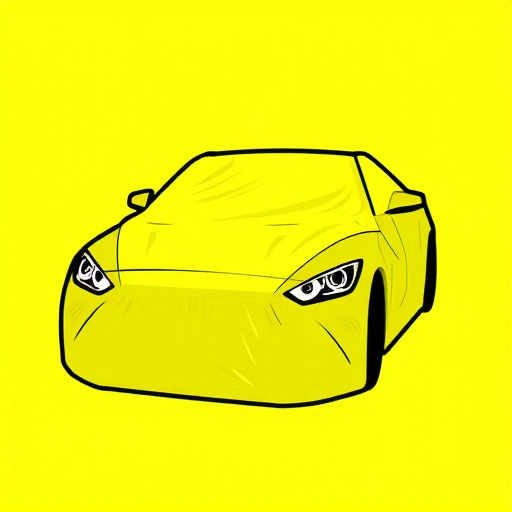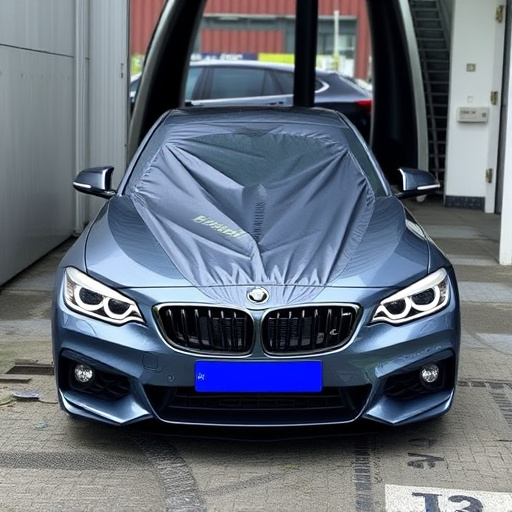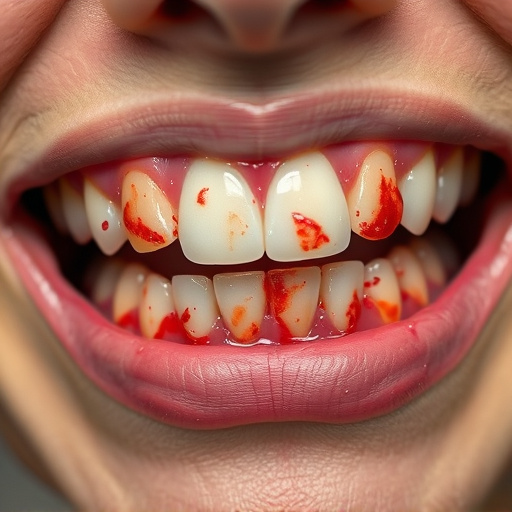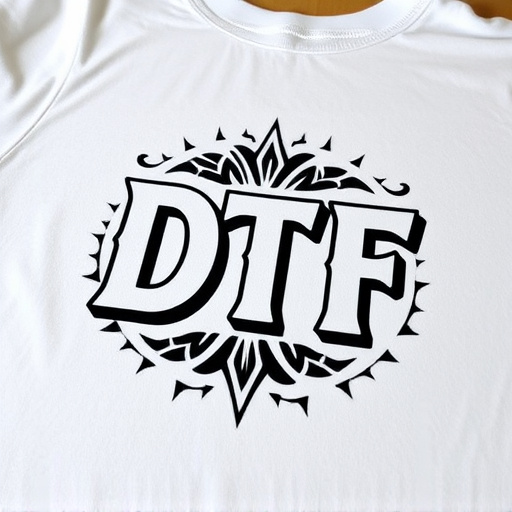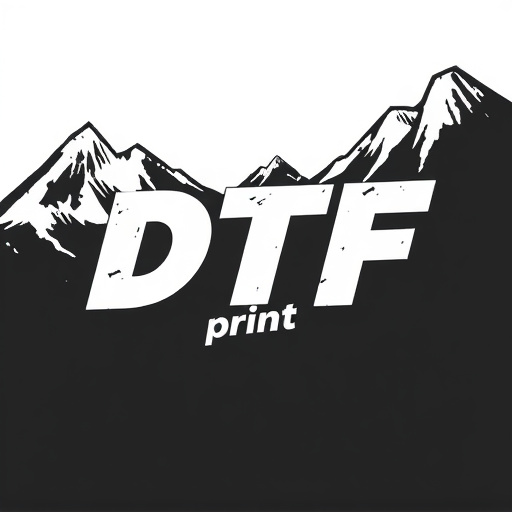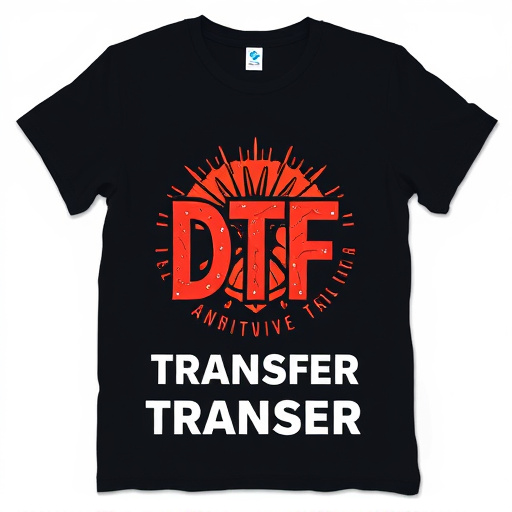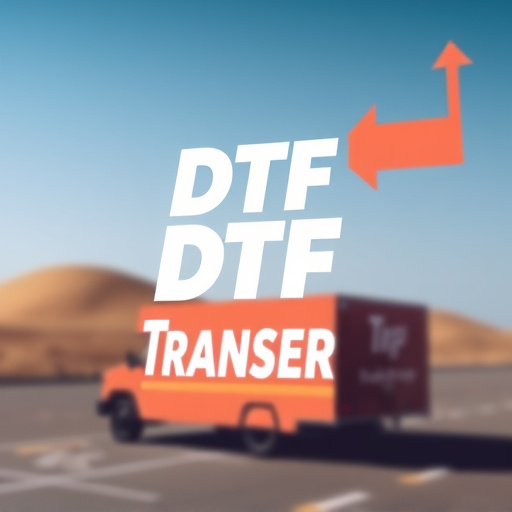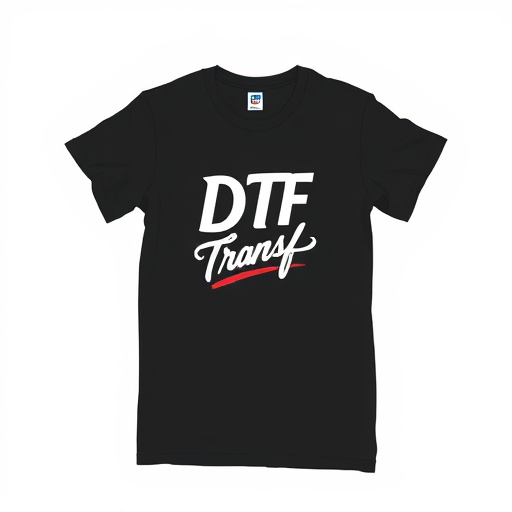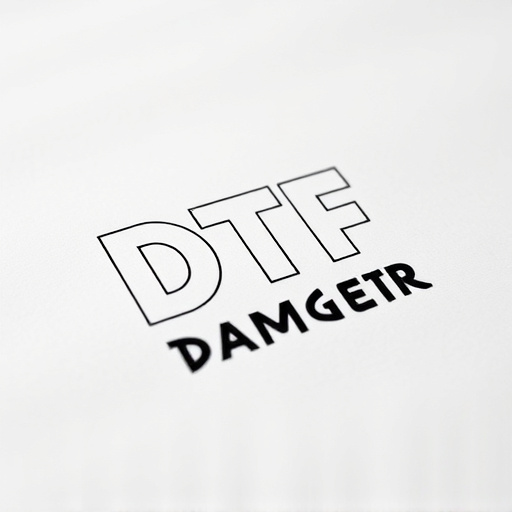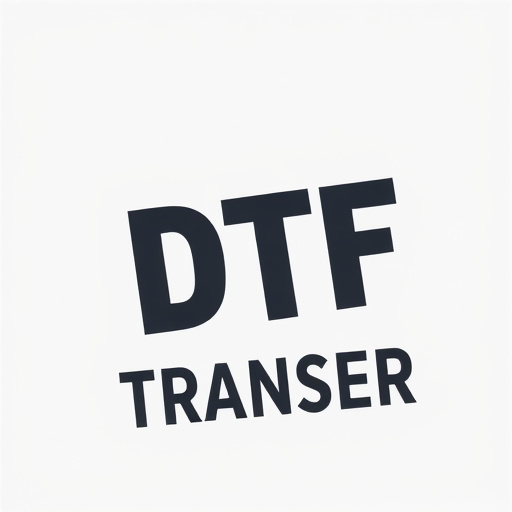Direct-to-film (DTF) transfers and heat transfer vinyl (HTV) are printing technologies with distinct advantages. DTF offers superior print quality, vibrancy, and durability for professional applications like merchandising and outdoor signs due to its high-resolution process. HTV, however, provides a cost-effective alternative for custom textile projects with intricate designs, though it may show slight variations in output. In terms of longevity, DTF prints outperform HTV in harsh conditions, while HTV's lower upfront costs can lead to long-term savings over time. The choice depends on intended use, budget, and whether high print quality or cost-effectiveness is prioritized.
In the realm of printing and customization, Direct-To-Film (DTF) transfers and heat transfer vinyl offer distinct approaches. This article delves into the contrasting world of DTF transfers—a direct application method on film—and heat transfer vinyl, exploring their unique advantages and applications. From quality and durability to cost-effectiveness, we dissect these printing options, guiding you in choosing between DTF prints or heat transfer vinyl for your next project, ensuring a successful outcome.
- Understanding Direct-To-Film (DTF) Transfers: A Comprehensive Overview
- Heat Transfer Vinyl: The Alternative Method and Its Pros
- Quality Comparison: DTF vs Heat Transfer Vinyl Prints
- Durability and Longevity: Which Option Stands the Test of Time?
- Cost Analysis: Budgeting for DTF vs Heat Transfer Vinyl
- Applications and Use Cases: When to Choose Each Method
Understanding Direct-To-Film (DTF) Transfers: A Comprehensive Overview
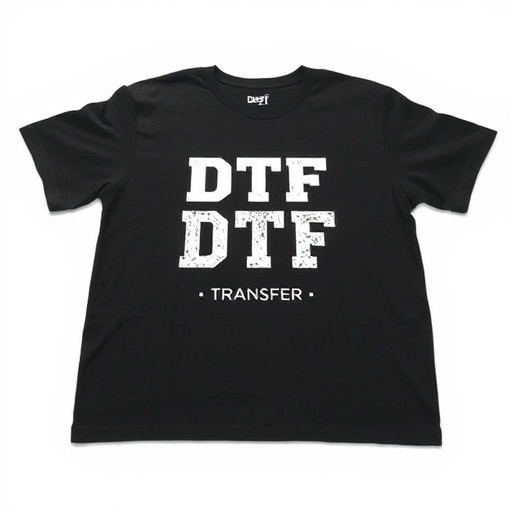
Direct-To-Film (DTF) Transfers represent a cutting-edge technology in the realm of printing and design. This innovative method eliminates the need for intermediate materials, allowing artists and designers to directly apply intricate patterns and graphics onto various surfaces using specialized equipment. DTF Printing involves precisely placing molten vinyl onto a substrate through a print head, enabling the creation of high-resolution, vibrant prints with exceptional detail.
This process offers several advantages over traditional methods. It ensures faster production times, enhances color accuracy, and provides a wide range of material options. DTF Transfers are particularly versatile, suitable for a diverse array of applications, from customizing clothing and accessories to designing eye-catching signage and decorations. Moreover, the direct application method results in durable, long-lasting prints, making DTF an appealing choice for both professional designers and DIY enthusiasts alike.
Heat Transfer Vinyl: The Alternative Method and Its Pros
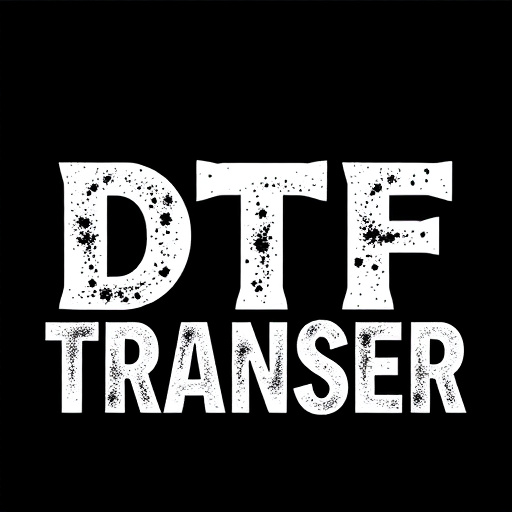
Heat Transfer Vinyl (HTV) offers a popular alternative to direct-to-film (DTF) transfers for various printing needs, especially in the apparel industry. This method involves applying heat and pressure to transfer designs from a vinyl sheet onto fabric or other materials. The key advantage lies in its versatility; HTV can be used on a wide range of fabrics, including cotton, polyesters, and even heavy-weight fabrics, making it suitable for creating custom garments and accessories.
Additionally, HTV prints have excellent durability, ensuring the designs withstand regular washing and wear. This process is cost-effective for small to medium-sized batches, allowing businesses and individuals to create unique, personalized items without breaking the bank. Moreover, with advancements in technology, HTV can produce high-quality, sharp prints, rivaling DTF transfers in terms of clarity and detail, making it an attractive option for those seeking a flexible yet robust printing solution.
Quality Comparison: DTF vs Heat Transfer Vinyl Prints

When comparing direct-to-film (DTF) transfers with heat transfer vinyl, one of the key aspects to consider is print quality. DTF printing offers a high-resolution result, ensuring sharp details and vibrant colors straight from the film to the medium. This process eliminates the need for intermediate steps, resulting in exceptional accuracy between the design and final product. On the other hand, heat transfer vinyl prints may exhibit slight variations due to the multi-step application method. The vinyl itself acts as a barrier, sometimes affecting the vibrancy and precision of colors, especially when dealing with intricate designs.
DTF transfers have gained popularity for their ability to produce detailed, long-lasting prints on various materials. They are particularly suitable for high-demand applications like merchandising, ensuring consistent quality over time. In contrast, heat transfer vinyl remains a preferred choice for custom, one-off projects due to its versatility in applying designs to unique surfaces and the option to easily adjust or refine transfers before application.
Durability and Longevity: Which Option Stands the Test of Time?
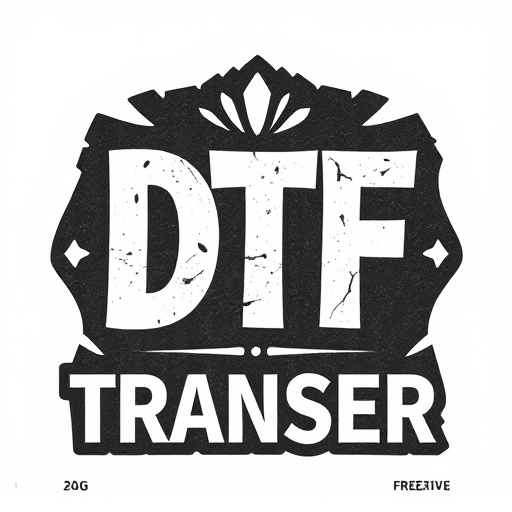
When comparing direct-to-film (DTF) transfers and heat transfer vinyl, durability and longevity are key factors to consider. DTF transfers offer exceptional long-term performance, as the ink is directly bonded to the substrate, providing vibrant colors and crisp details that resist fading and cracking over time. This makes DTF prints highly suitable for outdoor applications and items meant to withstand harsh environmental conditions.
On the other hand, heat transfer vinyl provides a more cost-effective alternative but may not match the durability of DTF transfers. The adhesive layer in heat transfer vinyl can degrade or peel away when exposed to prolonged sun exposure or extreme temperatures, causing the design to fade or come off completely. While still viable for many applications, especially those that don’t demand the highest level of resistance to wear and tear, understanding these differences is crucial in selecting the most suitable option based on intended use and desired lifespan.
Cost Analysis: Budgeting for DTF vs Heat Transfer Vinyl
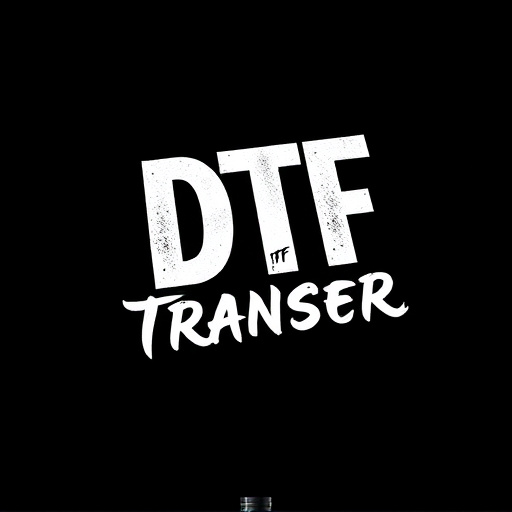
When comparing DTF Transfer (Direct-to-Film) and heat transfer vinyl options for your printing needs, cost becomes a significant factor. Initially, DTF Printing might appear more expensive due to the advanced technology involved. However, this is not always the case in the long run. While setting up a DTF system requires a substantial upfront investment, it offers economies of scale over time, especially for smaller businesses or hobbyists. With heat transfer vinyl, the initial cost of materials and equipment is often lower, but continuous purchases of vinyl sheets can add up significantly as your production volume increases.
Consider the versatility of DTF Prints too. A single DTF printer can handle a wide range of applications, from custom apparel to signmaking, reducing the need for multiple specialized tools. This versatility not only saves on equipment costs but also streamlines your workflow, potentially lowering operational expenses. Remember, in any cost analysis, it’s crucial to factor in not just initial outlay but ongoing maintenance and material costs unique to each method.
Applications and Use Cases: When to Choose Each Method
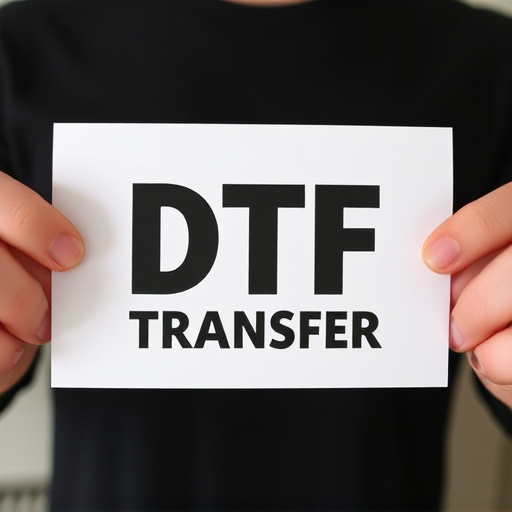
Direct-to-film (DTF) transfers and heat transfer vinyl (HTV) options each have distinct applications and use cases, catering to different printing needs and preferences. DTF transfers are ideal for high-quality, long-lasting prints on a variety of materials, including fabric, wood, and metal. They offer excellent color vibrancy and detail reproduction, making them perfect for professional graphics, promotional items, and custom apparel. Additionally, DTF printing allows for complex designs with fine lines and subtle details, ensuring every element is accurately replicated.
On the other hand, heat transfer vinyl is a versatile option for those seeking a more cost-effective solution without compromising quality. HTV is commonly used for applying graphics to clothing, accessories, and other textiles. It’s particularly suitable for smaller, more intricate designs where precision cutting is required. While DTF prints might excel in showcasing detailed artwork, HTV provides a practical approach for mass production, allowing businesses to quickly create personalized items with minimal setup time.
